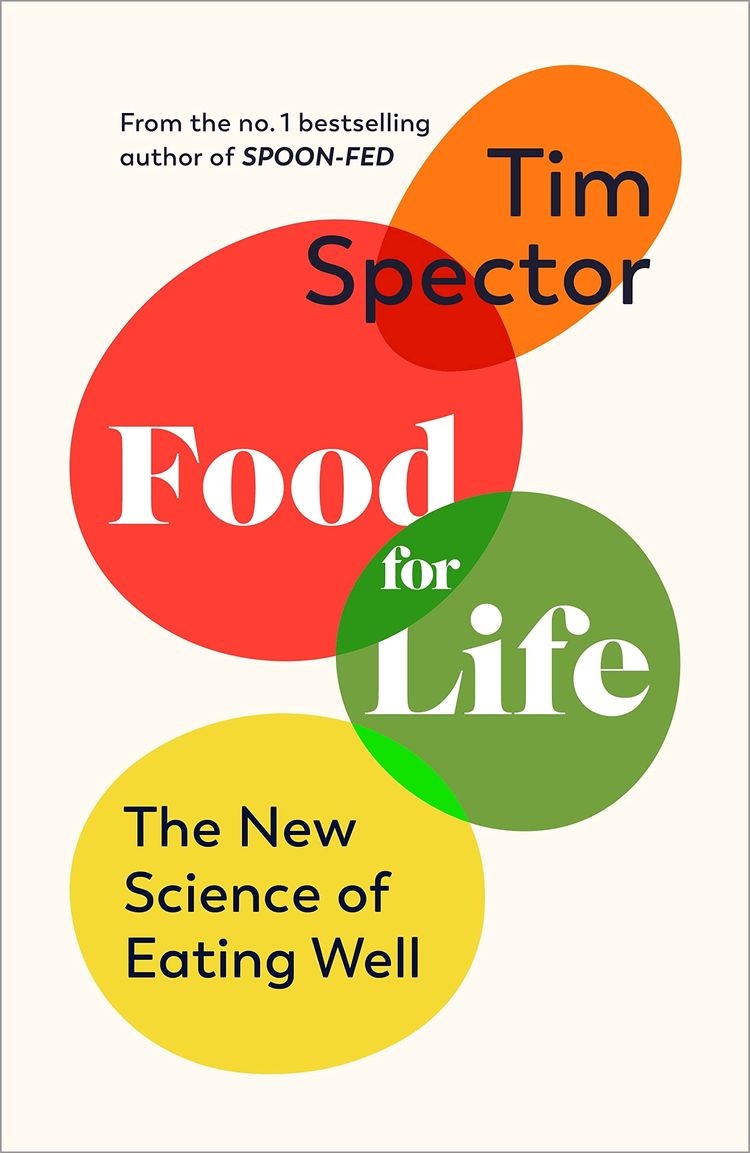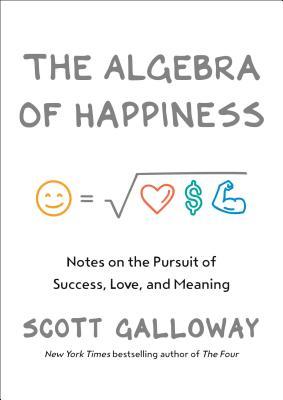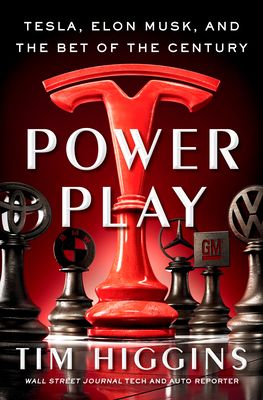Factfulness by Hans Rosling
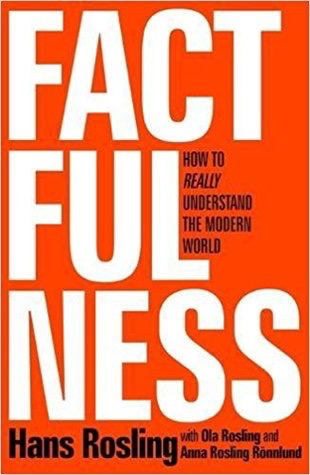
My Rating of “Factfulness” by Hans Rosling: 9 / 10
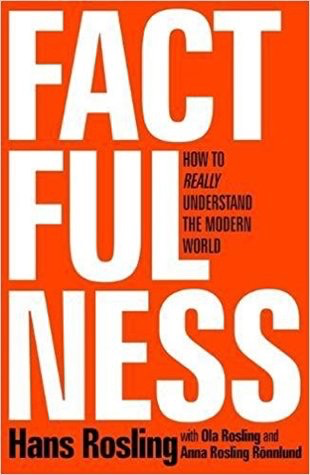
Factfulness comes highly recommended as a sound book to challenge status quo, squash limiting beliefs and to challenge society to increase critical thinking. I purchased Factfulness given Bill Gates’ recommendation on his blog and the fact that he has gifted this book to every college graduate in 2018 says a lot.
Hans Rosling along with support from his family divide this book in chapters based on instincts that we have developed as humans. Whether fear, size, negatively, urgency and/or blame he lays out how we could better approach the use of data and facts and dispel our typical instincts. Each chapter also includes a neat conclusion summarising the points made and key takeaways for the reader when taking facts and figures into account. It helped with my highlighting as it meant I could just read through each chapter and then make sure I understood the summary.
I thoroughly enjoyed the Rosling’s statistician brain throughout the book. Given big data being critical in today’s world, we could all strive to be better statisticians. Here are some of the quick tips I picked up throughout the book:
- Never trust data 100%, there is always some uncertainty.
- Careful jumping to any conclusions if the differences are smaller than say, roughly, 10 percent.
- If your income increases by only 2 percent a year, after 35 years it will have doubled.
- Don’t assume straight lines in graphs. Many trends do not follow straight lines but are S-bends, slides, humps, or doubling lines.
- To control the size instinct, get things in proportion:
- Compare: Big numbers always look big. Single numbers on their own are misleading and should make you suspicious. Always look for comparisons. Ideally, divide by something.
- 80/20: Have you been given a long list? Look for the few largest items and deal with those first. They are quite likely more important than all the others put together.
- Divide: Amounts and rates can tell very different stories. Rates are more meaningful, especially when comparing between different-sized groups. In particular, look for rates per person when comparing between countries or regions.
- Remember that majority just means more than half. It could mean 51 percent. It could mean 99 percent. If possible, ask for the percentage.
- If someone offers you a single example and wants to draw conclusions about a group, ask for more examples. Or flip it over: i.e., ask whether an opposite example would make you draw the opposite conclusion.
Rosling ends with his five areas of concern for the future world. He sees risks of global pandemic, financial collapse, world war, climate change and extreme poverty. They are all quite likely to happen (with the first three all having already happened). Furthermore each has the potential to cause mass suffering either directly or indirectly by pausing human progress for many years or decades. My biggest takeaway is that we should be more focused on these areas versus on surface level biases and news candy not based on facts. Speaking of takeaways I have a plethora of them from this book given the focus on facts:
Key takeaways from the book:
- Illusions don’t happen in our eyes, they happen in our brains.
- Human beings have a strong dramatic instinct toward binary thinking; a basic urge to divide things into two distinct groups with nothing but an empty gap in between. We love to dichotomise: Good versus bad, Heroes versus Villains, My country versus the rest. Dividing the world into two distinct sides is simple and intuitive and also dramatic because it implies conflict. We do it without thinking all the time.
- The reason natural disasters kill so many fewer people today is not that nature has changed. It is that the majority of people no longer live in extreme poverty.
- Cuba the healthiest of the poor and USA the sickest of the rich. The United States spends more than twice as much per capita on health care as other rich capitalist countries —around $9,400 compared to around $3,600—and for that money its citizens can expect lives that are three years shorter. The United States spends more per capita on health care than any other country in the world, but 39 countries have longer life expectancies.
- Most of the human – emitted CO2 accumulated in the atmosphere was emitted over the last 50 years by countries that are now on Level 4 (i.e. rich countries). Canada’s per capita CO2 emissions are still twice as high as China’s and eight times as high as India’s. In fact, how much of all the fossil fuel burned each year is burned by the richest billion? More than half of it. Then the second – richest billion burns half of what’s left, and so on and so on, down to the poorest billion, who are responsible for only 1 percent.
